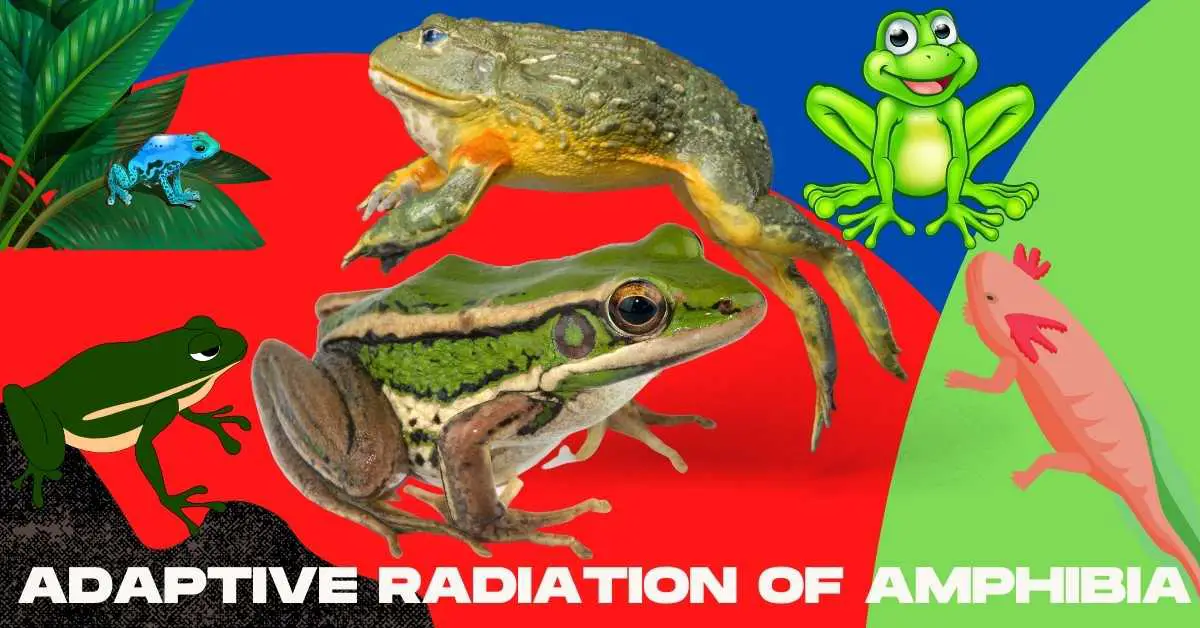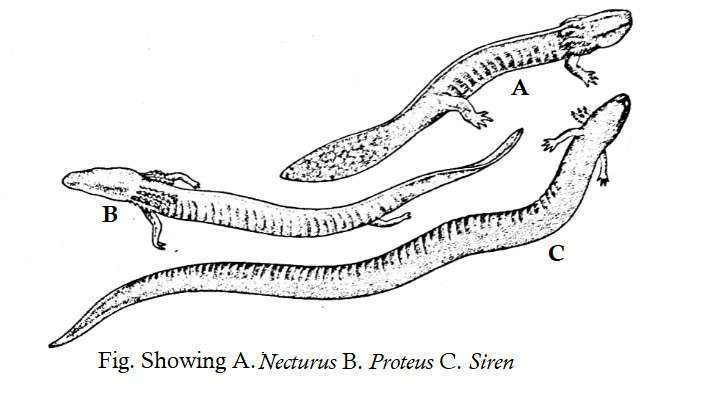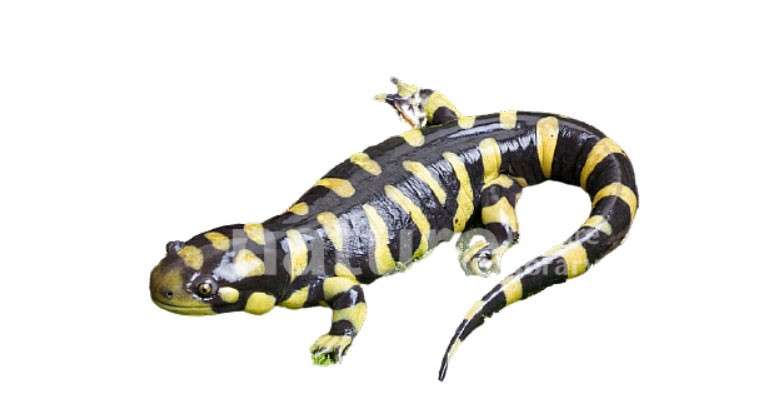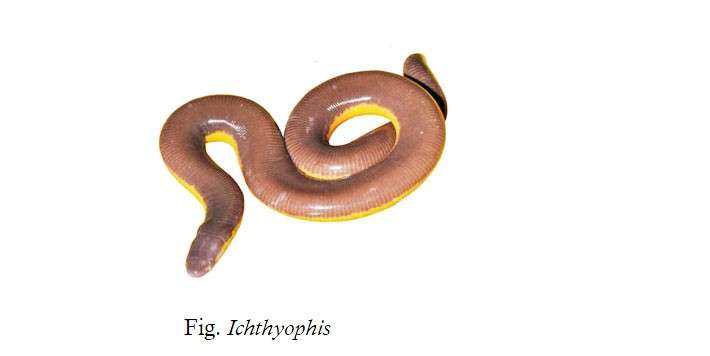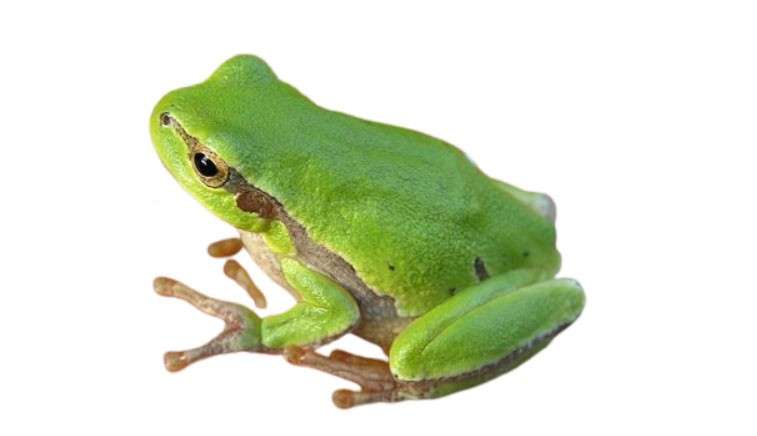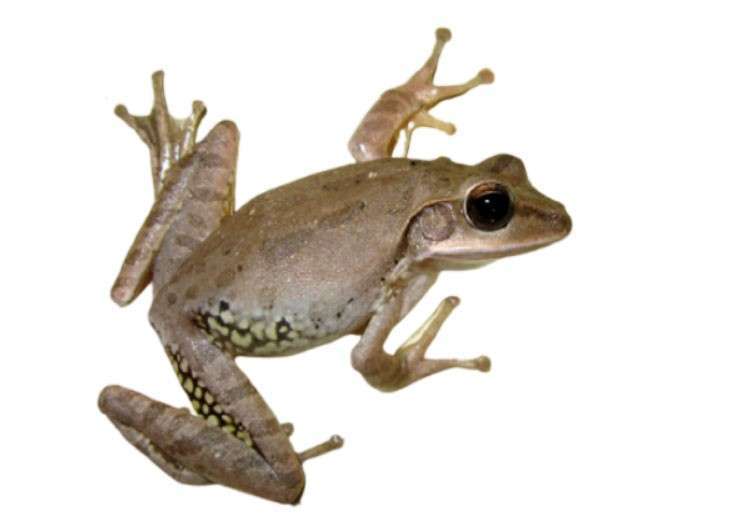We cannot imagine the existence of any organism without the environment. Organisms have to live in the environment, interact with the various beings in the environment, engage in interactions and survive by building inseparable relationships. Even the slightest change in an element of the environment requires the organism to adapt to the changed context. That is, the ability to adapt to the environment helps the organism to survive in the struggle for life.
Adaptive radiation is a process by which living things spreads quickly from an ancestral species into a variety of new forms in evolutionary biology. Due to new resources available in the environment, phenotypic adaptation and speciation occurs with the changes of biotic interactions. In this case, organisms exhibit different physiological and morphological characteristics.
Adaptation is the ability to adapt to the environment. In search of a suitable environment to cope with food, shelter and security crises, members of the same ancestral fauna are divided into small groups and spread and adapt to different ecological niches of the environment. In this way, the members of the same genus of animals are divided into different groups and each group acquires unique characteristics and when different ecological niches are scattered, it is called adaptive radiation.
Among the vertebrates, amphibians are the first group to leave aquatic life and enter terrestrial life. They have adapted to different environments for food, shelter and security. Some of these members have become quite accustomed to terrestrial adaptations. Some members have chosen their former aquatic life. Some amphibians live in holes or caves. Others have become accustomed to Volant or Arboreal adaptations. But in adulthood, everyone has to look for water for reproduction.
Adaptive dispersal of Anurans members has occurred extensively among modern amphibians. They are located in the central arena, from which other ways of life have evolved. Some of them are Cave dwelling, some are burrowing, some Volant and some Arboreal. Tailed Urodela, on the other hand, is accustomed to aquatic adaptation.
Aquatic Adaptation
With a few exceptions, Newts and Salamanders have returned to the water and have become accustomed to secondary aquatic adaptation. For example:
- Their bodies resemble eels;
- The gill of larval stage survives up to adult stage for respiration and the lungs are severely reduced;
- The development of the branchial circulatory system has developed;
- The origin of fins occurred on the trunk and tail;
- The skull has acquired a slightly bony condition;
Some examples accustomed to aquatic adaptation are: Amphiuma, Siren, Proteus and Necturus. Amphiuma has a very long body and very short legs. The larval features are fully observed in the Siren and their hind arms are destroyed. The bodies of the Proteus, on the other hand, are boat-shaped, with both external gill and gill opening present in their bodies, and skin respiration occurs. Necturus contains external gill.
Terrestrial Adaptation
Most Anurans and some Urodeles adapt very well to terrestrial environments. Many salamanders in the Urodela group are terrestrial, but return to the water during the time of egg laying. They live under rocks or under wooden logs or hide under rocks near corners. They do not have gills, the tail is cylindrical. They are wingless. An excellent example of such an amphibian is the Tiger salamander (Abystoma tigrinum). Some Salamanders are completely terrestrial. They do not need an aquatic environment for breeding. They give birth to offspring and fertilization occurs in the ovaries. Spotted Salamander (Salamandra maculosa) is a prime example of such amphibians which are found in Europe and East Asia.
Fig. Ambyostoma tigrinum
Anurans are more advanced amphibians with special characteristics than Urodele. Although the frog is terrestrial in adulthood, it sometimes lives in aquatic environments. However, the toad never returns to the water except during the time of egg laying. Some adaptations have been developed to allow less water to be released from the body to adapt to terrestrial environments. As their skin is horny and thick, water cannot come out of the body in a bumpy way. In addition, due to the mole of their skin, the level of skin respiration decreases, but the gap is filled by increasing the folds of the respiratory tract of the lungs. The water excreted by their kidneys is replenished in the urinary bladder. They are also active at dusk. They hide in the damp environment for fear of being purified in the bright light of day. As a result, they do not have any difficulty in surviving without water.
Notable terrestrial adaptations of amphibians are as follows:
- Wart/Mole present on skin helps prevent water evaporation;
- They have been suitable for jumping because the hind arm is long;
- Moving to the ground has been facilitated by the growth of strong muscles;
- It has become easier for them to jump because their vertebral column is shorter;
- The lungs have appeared to adapt to aerial respiration;
Cave Adaptation
Cave-dwelling adaptations are developed to prevent lack of light and food. Some of the Salamanders among amphibians live permanently in caves. These include Proteus, Tiphlomolge and Tiphlotriton. Due to the adaptation of the cave dwellers, some of their limbs have become extinct. The structural changes are mentioned below:
- The body is slender, long and cylindrical.
- Arm are reduced.
- Eyes worn out or missing.
- The skin is supple, free of pigments
- The external gills remaining.
The species Proteus anguius lives in dark caves in Austria and Germany. Their eyes are opaque. They are blind because their eyes are covered by skin. Their fingers turn into webbed feet, which makes it easier to swim in water.
Burrowing Adaptation
The caecilians of the Apoda order are mainly accustomed to burrowing adaptation. Therefore, their bodies are long, cylindrical and worm-like. They have no arms or girdles. Their eyes are inactive and blind due to live in the dark environment of the cave. The eyes are pressed against the unstable floor of the skin or skull. Sensory tentacles located near the eyes and nostrils give them guidance in living. Sensory tentacles often arises during movement. As a result, as an alternative to vision sensation, the tentacles provide direction during movement.
lchthyophis is a significant burrowing living amphibian. They are found in India and Sri Lanka. They live in wetland holes near ponds. They do not come to the ground often. After laying the eggs, the female member patches the eggs and guards them. Tadpole larvae emerge from the eggs. The larvae have a flattened tail with three pairs of external gills, a pair of gill openings and a caudal fin. The larvae’s eyes are much better than the full-grown ones. However, the gills, gill openings and tail are destroyed during the development. These changes are very adaptive to the transition from aquatic environment to terrestrial life.
Arboreal Adaptation
Some amphibians have chosen arboreal life for easy access to food and safe shelter. Hyla arborea is a notable arboreal frog belonging to the order Anura. They have developed sucking discs on the toes to live in the trees. The surface of the suction disc is uneven due to adhesion. And adhesive substance is secreted from the glandular skin of the suction disc.
Fig. Hyla arborea
Volant Adaptation
Raccophorus is the volant amphibian. However, they do not complete the actual flight, they can only glide from one tree to another. Their fingers look like parachutes in a wide position as they are joined by webfeet. The size of a webfeet is about 75 cm.
Fig. Rachophorus maculatus
In order to live on land, amphibians have developed arms and lungs to complete aerial respiration. But aquatic environment is more suitable for them for excretion and reproduction. Like fish, they lay their eggs in water and development also occurs in water. They live like fish in larval stages. So, like reptiles, they could not adapt to the land. Rather, it can be said that they are trying to adapt to land with some features that are suitable for living in aquatic ecosystem.

